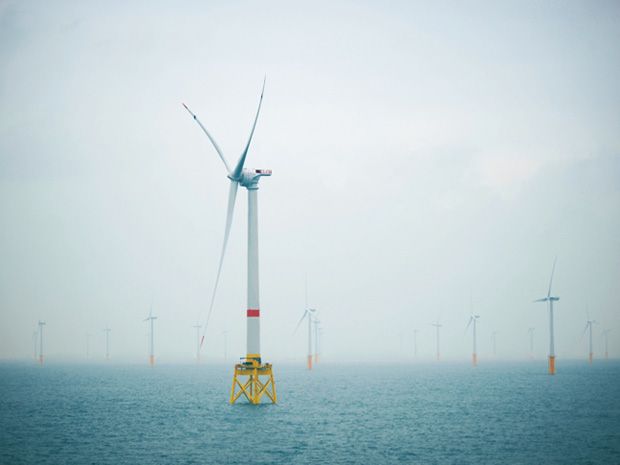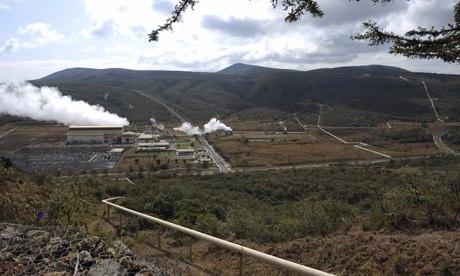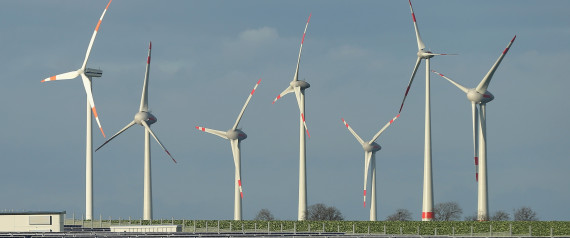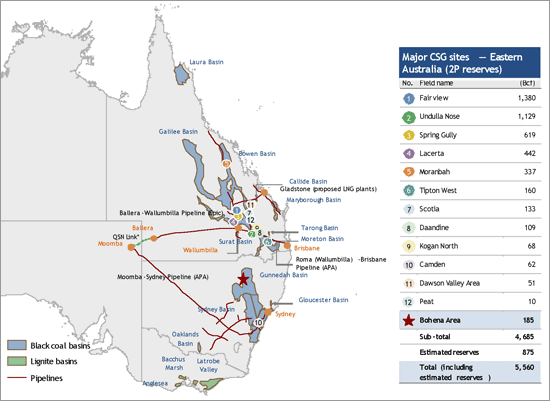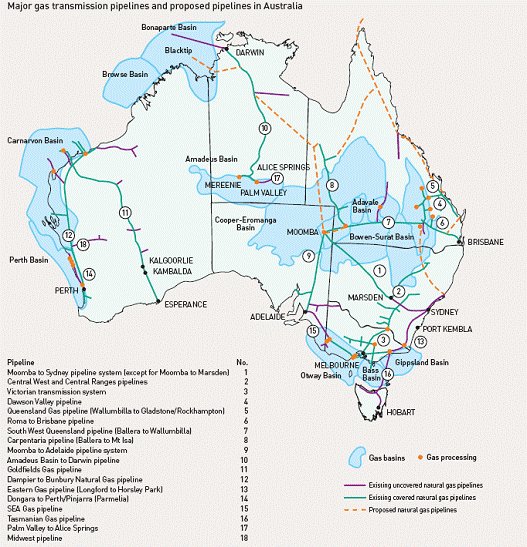The actions of the new Australian Government have been far more predictable than Sydney's increasingly odd weather patterns. What started out as a local wipeout of anything related to climate change science or clean energy has now extended to the global climate talks in Poland.
The media has been full of stories on climate change once again as a result, which is in some ways a pleasant change from the last few years of Tony Abbott promising to "Axe the (carbon) tax". I wonder what excuse will be used when electricity prices fail to drop after carbon pricing goes (presumably they'll follow the model they are using with their other main policy - "Stop the boats", which is also lurching towards total failure - and simply refuse to discuss it at all).
Climate Spectator - What price the carbon price?. A brief history of the carbon price in Australia.
ReNew Economy - All the bad news the energy industry doesn’t want to hear. Examining the absence of media coverage of the Climate Change Authority's (not to be confused with the crowdfunded Climate Council) report into carbon caps and targets.
ReNew Economy - Fossil fuels and Pole dancing at Warsaw climate talks. Apparently Poland is to be renamed "Coal-land"
ReNew Economy - Tony Abbott and his ministry of the misinformed. Comparing German energy policy to Australian energy policy.
ReNew Economy - Poland builds electronic wall to keep out German renewables.
The SMH's economics editor Ross Gittins has a column apologising to future generations for not spending more time talking about the linkage between climate and the economy - Climate change: Dear grandchildren, I can only say sorry.
If the Liberals under their new leader, Tony Abbott, had opposed action against climate change outright, Liberal voters who accepted the need for action would have been forced to choose between the party and their beliefs.
Instead, Abbott focused his opposition on the Labor government's main instrument for gradually bringing about a reduction in emissions of carbon dioxide and other greenhouse gasses, an emissions trading scheme whose price would be fixed by the government for the first year or two.
Abbott insisted the Coalition remained committed to Australia's international undertaking to reduce emissions by at least 5 per cent below 2000 levels by 2020, and by 15 per cent or 25 per cent provided other countries were taking comparable action.
The big difference was that, rather than using Labor's ''carbon tax'' to achieve the target, the Coalition would rely on ''direct action'', such as offering monetary incentives to farmers and others to reduce emissions.
This left Abbott free to run an almighty scare campaign about how Labor's ''great big new tax on everything'' would greatly increase the cost of living for ordinary Australian families and impose big costs on Australian businesses, which would impair their ability to compete.
Abbott associated with outright climate-change deniers and said things that seemed to brand him as one of them, while always adding, sotto voce, that he accepted human-caused climate change and the need to do something about it.
Apart from attracting voters away from Labor and its frightening carbon tax, the result of making climate change an issue of party dispute was to give Liberal supporters a licence to stop worrying about climate change - if the leaders of my party aren't worrying, why should I? - while providing a fig leaf for those Liberals who retained their concern.
The business lobby groups' initial position had been: if it's inevitable we do something, let's get on with it and make future arrangements as certain as possible. But with their side of politics inviting them to put their short-term interests ahead of the economy's long-term health, most business people found it too tempting to resist.
To be fair, some businesses stuck with their schemes to reduce their own emissions and some pressed on with repositioning their business for a world where the use of fossil fuels had become prohibitively expensive as well as socially disapproved of.
You will find this hard to believe, but in the mid-teens, it was still common to think about ''the economy'' in isolation from the natural environment which sustained it. Economists, business people and politicians had gone for two centuries largely ignoring the damage economic activity did to the environment.
The idea that, eventually, the environment would hit back and do great damage to the economy was one most people preferred not to think about. At the time, it was fashionable to bewail the lack of action to increase the economy's productivity. Few people joined dots to realise the climate was in the process of dealing a blow to our productivity, one that would significantly reduce the next generation's living standards.
At the time, we rationalised our selfishness - our willingness to avoid a tiny drop in our standard of living at the expense of a big drop in our offspring's - by telling ourselves half-truths and untruths about the global nature of climate change.
We told ourselves there was nothing Australia could do by itself to affect climate change (true), that at the Copenhagen conference in 2009, countries had failed to reach a binding agreement on action to reduce emissions (true) and that the world's two biggest polluters, China and the US, were doing nothing much to reduce their emissions.
We had no excuse for not knowing this was untrue because successive government reports told us the contrary. One we got just before the carbon tax was abolished, from the Climate Change Authority, said the two superpowers were stepping up their actions to reduce emissions. ''These measures could have a significant impact on global emissions reductions,'' it concluded.
I recount this history to explain how my generation's dereliction occurred, not to defend or justify it. We knew what we should have done; we chose not to do it. I never fell for any of these spurious arguments.
Did I ever doubt that climate change represented by far the greatest threat to Australia's future economic prosperity? Never. Should I have said this more often, rather than chasing a thousand economic will-o'-the-wisps? Yes.


